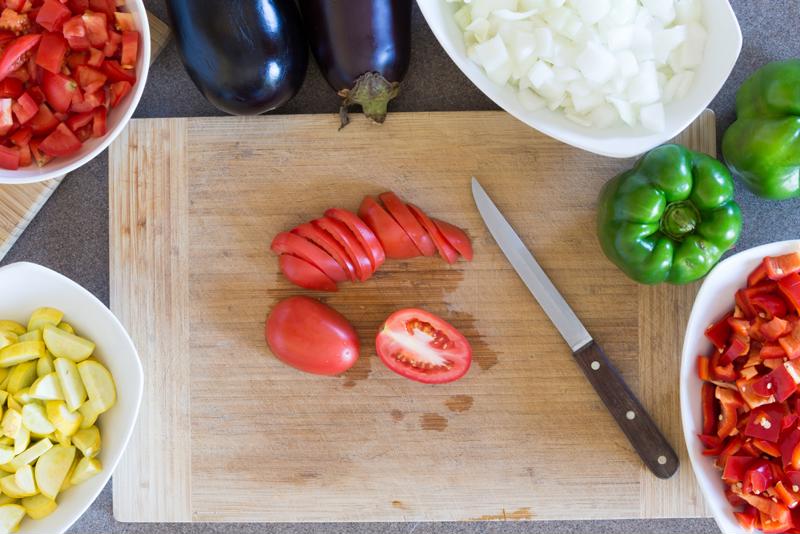
Nailing Down Your Meal Prep Budget
- Tips and How To's
- 06/29/17
- Share
By preparing your family's meals ahead of time, you not only save time - you also save a lot of cash. When your freezer is stocked with breakfasts, lunches, dinners and snacks to keep your loved ones satisfied all week long, you're less likely to dine out or order in, allowing you to stay within the confines of a tight budget. Mapping out meals ahead of time also empowers you to shop sales, compare prices and explore low-cost recipes without scrambling to gather ingredients at the very last minute.
Food prepping can also help you increase the nutritional value of your family's meals - when you have healthy and delicious salmon stored using the FoodSaver® FM5460 2-in-1 Food Preservation System, you're less inclined to stop for a greasy burger and fries. Last-minute meals are all too often engorged with calories, sugar and fat. Preparing food ahead of time gives you space to make healthy choices.
Before embarking on your meal prep journey, it's important to first establish a set-in-stone budget. Get started with these helpful tips:
Figure out How Much You're Currently Putting Toward Groceries and Dining out
In order to save money, you have to determine how much you're presently spending. Facing the truth about how much cash you put toward grocery trips, deli lunches and restaurant dinners can be daunting, but it's important to assess where you currently are so you can get where you want to be. Take a look at your bank statement and receipts to piece together your spending habits. Don't Waste the Crumbs noted that while it's tempting to leave out your morning coffee shop latte or afternoon candy bar pick-me-up, those indulgences count as food - and they add up.

Calculate How Much Your Budget Actually Should Be Based on Income and Location
Once you've determined how much you're dropping on meals each month, it's time to see how much you could statistically cut back based on your income and living expenses. LearnVest recommended putting 30 percent of your income toward "flexible spending," which includes expenses like food, entertainment, and recreation. Depending on how much groceries cost in your area, you may need to reserve most of this 30 percent for food items. If the cost of living is low in your state, or you have access to low-cost ingredients, more of this budget can be used on vacations, activities, and other "flexible" expenses.
Find Simple Ways to Scale Back
Some of the biggest budget-breakers are also the easiest ones to avoid. Start shrinking your budget by taking inventory of daily or weekly indulgences that you could make at home or eliminate altogether. For example, if you tend to start your day by purchasing an iced coffee and muffin, try making homemade cold brew and freezing weeks' or months' worth of baked goods that you can heat up and enjoy in just a few minutes. If you usually buy lunch while at work or pick up a protein bar after your workout, figure out how much you could save by preparing homemade versions.
Reduce Waste
To maximize the money-saving possibilities afforded by meal prepping, it's important to budget with a "no waste" mantra. While preparing grocery lists for the week, be sure to take inventory of everything that's already sitting in your refrigerator and pantry. Have jar-sealed veggies you've been meaning to use, or a freezer filled with forgotten steaks? Figure out ways to incorporate everything you've got into delicious, inexpensive delicacies. And don't be afraid of leftovers - eating everything you make to the very last bit helps you save every last penny.



